Touch screen POS machines have transformed the way retail businesses operate, offering a range of functionalities to cater to diverse commercial needs. Alibaba.com showcases a variety of touch screen POS systems, each designed to enhance the retail experience. Among the offerings, there are handheld terminals running on Android, providing mobility and ease of use for on-the-go transactions. True flat touch screen systems boast a sleek design and are often favored for their aesthetic appeal and ease of cleaning.
For businesses requiring robust solutions, dual screen POS systems are available, which support both Windows and Android platforms. These systems are ideal for supermarkets and other high-volume retailers, offering a customer-facing display that enhances engagement. Self-service kiosk terminals with large, curved touch screens are also featured, suitable for order and queue management in fast-paced environments.
The versatility extends to all-in-one POS systems with integrated features such as printers and multiple connectivity options, streamlining the checkout process. Capacitive touchscreen monitors, known for their sensitivity and multi-touch capabilities, are part of the inventory, ensuring quick and accurate input. Frameless monitors provide a modern touch with their edge-to-edge glass design, perfect for contemporary retail settings.
Lastly, compact and sleek POS terminals with dual-band WiFi, GPS, and BT5.0 offer advanced connectivity options for dynamic retail operations. These systems are designed to be space-efficient while still providing the full range of POS functionalities. Whether for a restaurant, supermarket, or retail shop, Alibaba.com's touch screen POS machines come in configurations to suit various business models and customer interaction styles.







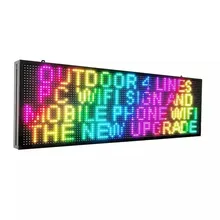





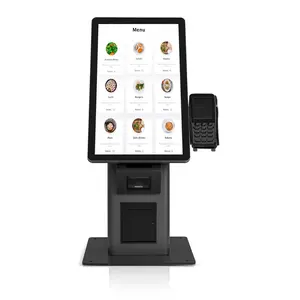


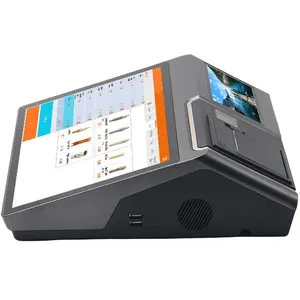
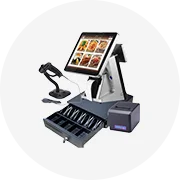
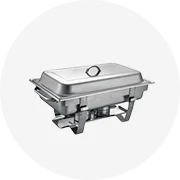

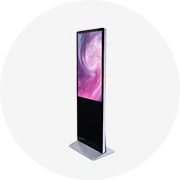



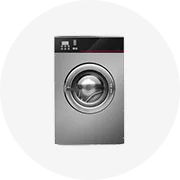

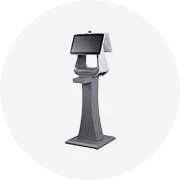
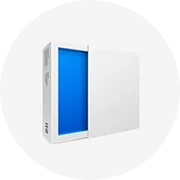

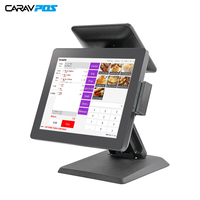
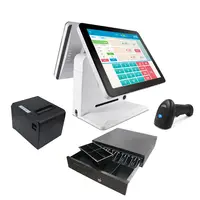
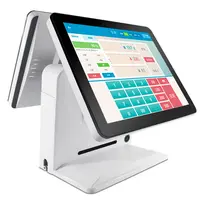








 浙公网安备 33010002000092号
浙公网安备 33010002000092号 浙B2-20120091-4
浙B2-20120091-4